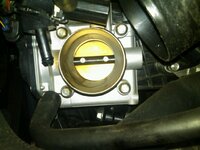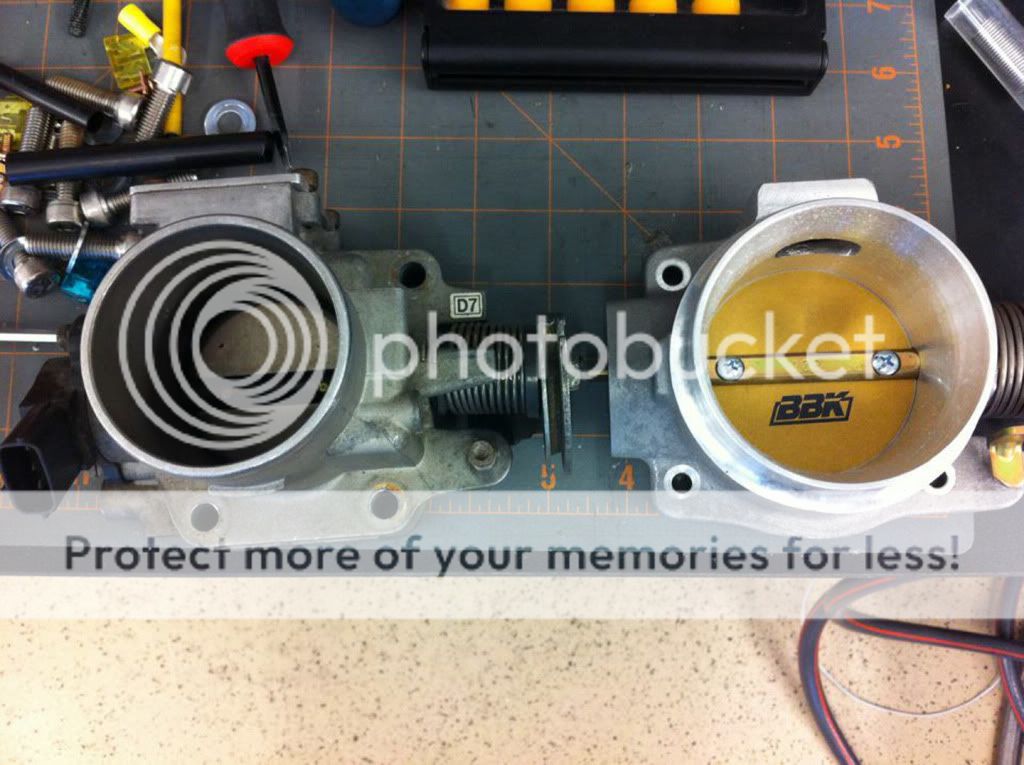So last night I was working on the 2 and I got a good look at the throttle body. It is so tiny. I doubt that it is a restriction for the intake given how our cars flow so well up top. It is just one of the smallest I have seen in the US. It is in the range of 1.5"-1.75". Given how it is so small I wouldn't be surprised if there was a larger option which would bolt in. Again I don't think there would really be any gains there, but I figure I might just look into it to see. Anyone knows what one of the Mazda 3 throttle bodies look like?




